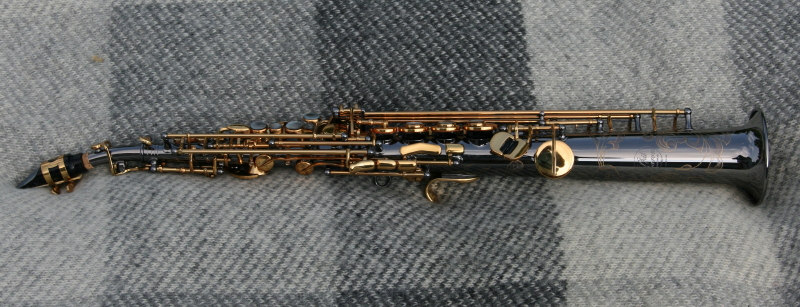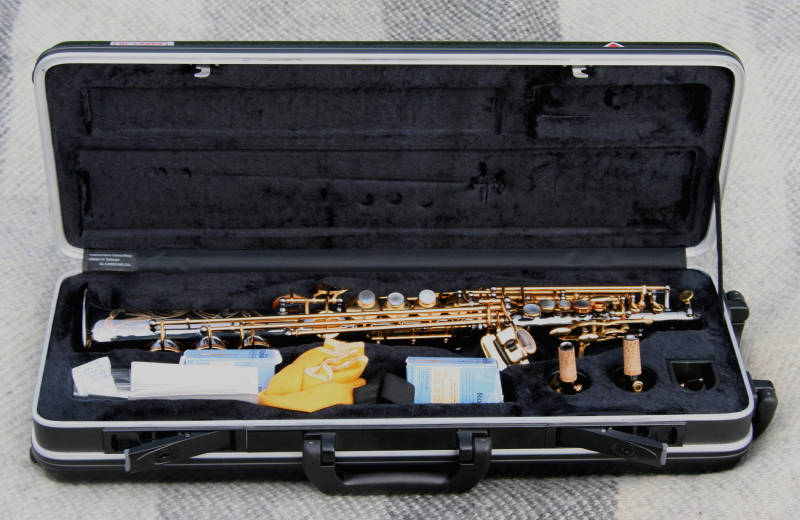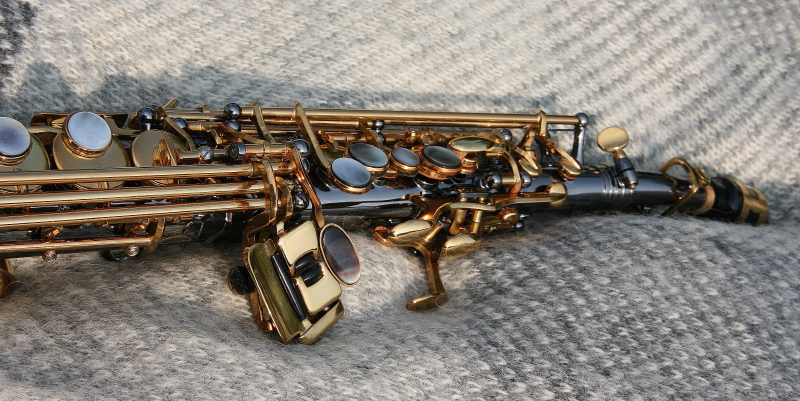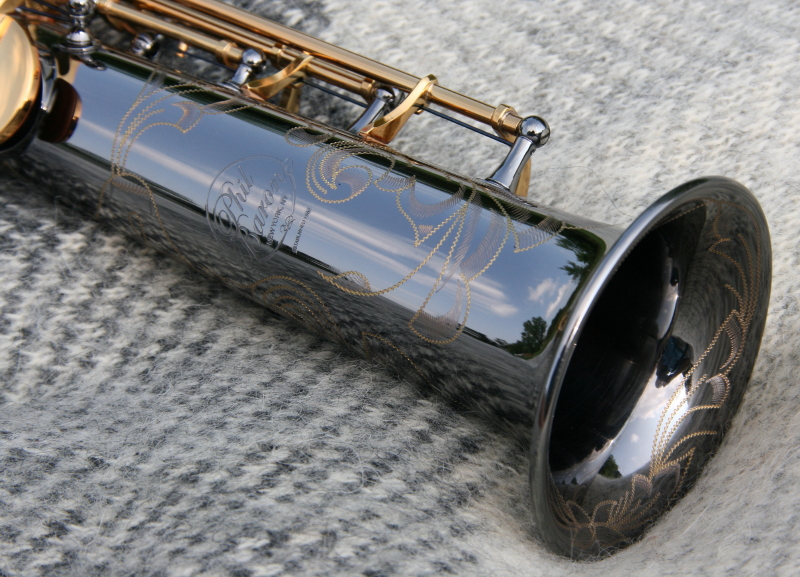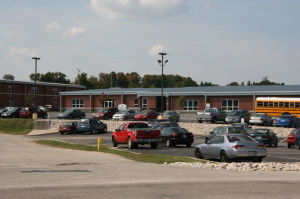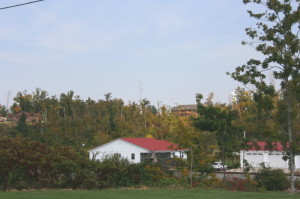For years I have wanted to do my own recordings of my own music. But the cost of the technology in the past was always prohibitive.
That’s no longer the case. Nowadays free digital audio workstations (DAWs) are available online, and if your needs are simple, you don’t have to spend a lot to get acceptable results with a basic home setup.
On this, my very first attempt at recording myself in my living room, my “studio” has consisted of the following:
- Audacious, a popular free DAW
- A MOTU M2 two-channel audio interface
- My HP EliteBook 840 laptop
- A single Shure Beta 58 microphone on a mic stand, covering both my guitar and my voice
It’s as rudimentary a setup as you can get, but I’m a complete neophyte at this stuff, and I need to keep things simple and build from there.
Learning how to record comes in tandem with reclaiming my rhythm guitar chops, which I set on the shelf decades ago. I’m now playing better than I ever did before. But for this first recording, again, I’m keeping it simple so I screw up as little as possible. Gordon Lightfoot’s “Wreck of the Edmund Fitzgerald” is a perfect vessel for my maiden voyage.
Lightfoot was a magical balladeer, a storyteller nonpareil, and his voice has a haunting quality that is perfect for this tune. I can’t do anything like his arrangement. But I can do my interpretation, coming from my own soul and musical instincts and working with what I’ve got. If you’re a musician or a sound engineer, you’re sure to spot the weaknesses. This is as grassroots as it gets. But that’s okay. It doesn’t have to be perfect, just good enough to put out there and hope you enjoy it, warts and all.
Do me one favor: use good speakers or ear buds. It sounds a whole lot better that way than on tinny built-in laptop speakers.
